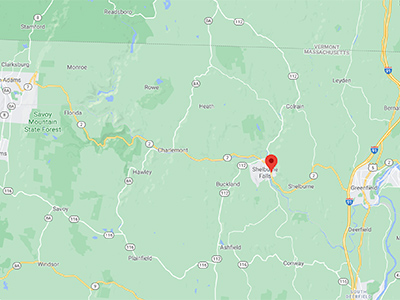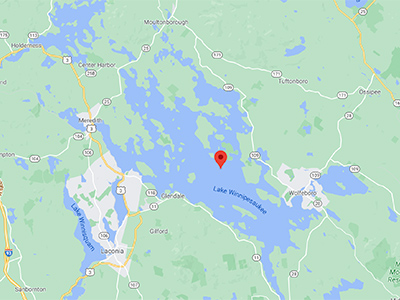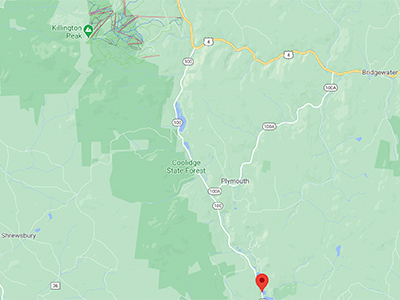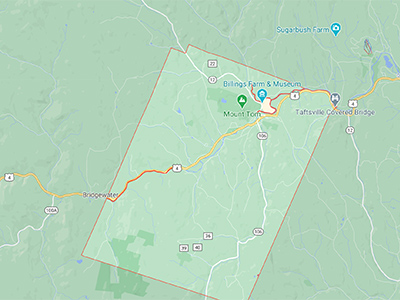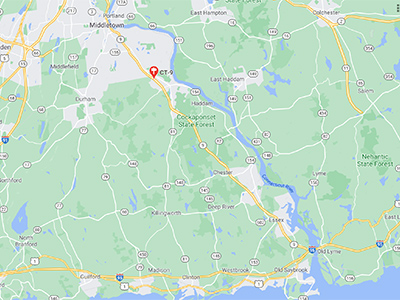The best leaf-peeping spots in Boston? Start with Northeastern’s campus Arboretum
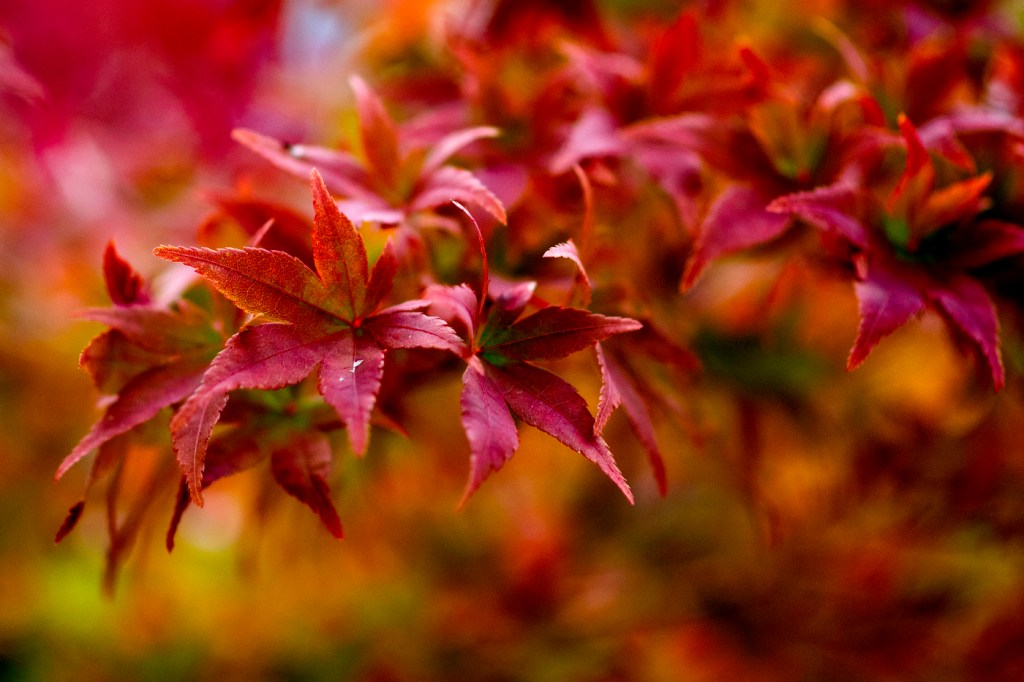
Autumn is a special time of the year in New England, when leaf-peepers travel from all over the world to take in the natural fireworks that happen every fall. But, if you’re close to Northeastern’s Boston campus, you don’t have to travel very far at all—the campus, which was officially recognized as an arboretum in 2019, features a stunning autumnal display all its own.
Northeastern is the only university in Boston to have an arboretum on its campus, and it features more than 143 plant species and 1,400 trees.
This being New England, there’s only a small window to enjoy this yearly display. Peak foliage is very weather-dependent but usually occurs sometime in the early weeks of October.
Thanks to a mild fall so far, most of the campus is still green, says Chuck Doughty, who oversees landscaping for Northeastern. The scattered yellowing is likely due more to dryness than cooler weather, although there are evident hints of the hues to come.
There’s something to see on almost every corner of campus, says Marc Carlson, a Northeastern student studying horticulture who’s working with Doughty on co-op.
Scattered throughout campus, Japanese maple trees offer “one of the best shows of fall color on campus,” Carlson says.
Additionally, Carlson recommends keeping an eye out around campus for callery pear trees, that turn a deep maroon and hold their leaves longer into the fall; honey locust trees, which feature very fine leaves that turn a “glowing” yellow; and black tupelo trees, which turn a “beautiful, deep red.” A cluster of black tupelos across the former Chicken Lou’s restaurant is a particularly striking example, Carlson says.
On Centennial Common, keep your eyes peeled for a Sargent cherry tree near Shillman Hall.
“Not many cherries have exciting fall color, however this one turns a nice red in early fall,” Carlson says.
Also on Centennial (and throughout campus), red maple trees will turn a deep, rich red, and a Chinese chestnut tree will turn to a golden yellow. The chestnut tree also features “spiky seed capsules” that are visible before it changes color, Carlson says.
A sugar maple tree near Veterans Memorial will turn a “rich orange,” he says. Japanese stewartia trees found outside the Behrakis Center and Stetson West “put on a great show each fall with a bright red-orange color.”
Redbud trees, such as the ones near Veterans Memorial and the koi pond outside the Curry Student Center, turn a rich yellow color.
Ginkgo trees, found at either end of the pedestrian bridge near the Interdisciplinary Science and Engineering Complex, feature a unique fan-shape leaf that turns bright yellow in the fall. Carlson adds: “The hue contrasts nicely with the rusty coloration of the bridge.”
And, if you’re eager for even more leaf peeping, there are plenty of places just outside the Boston campus that are accessible by public transit:
Accessible by T:
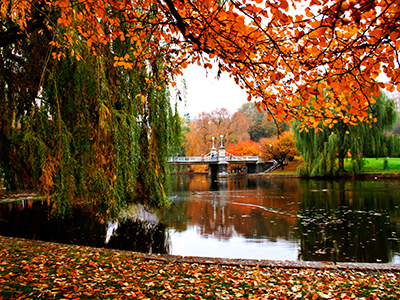
Photo by iStock
The Public Garden
One of America’s first botanical gardens, the Public Garden is the green heart of the city. With many exotic species such as bright red Japanese Maples, the fall display starts early and you’re sure to see something different each time you walk through. directions

Photo by iStock
The Boston common
Right next door from the Public Garden is Boston Common, one of America’s oldest public open spaces. Oak, chestnut, maple and beech trees feature stunning fall colors, providing beautiful accents to the historical architecture in the area. directions
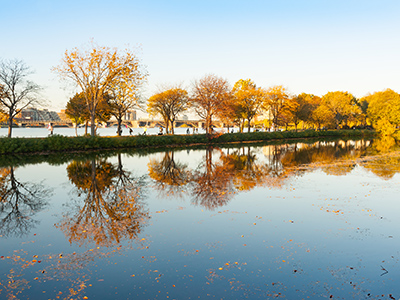
Photo by iStock
The Charles River Esplanade
Summer home to the Hatch Shell and the Boston Pops, the Esplanade winds from Beacon Hill to the Back Bay and is populated with picturesque trees along the riverbank. For an iconic city snapshot, cross over to the Cambridge side and take a photo of the Boston skyline in all its autumnal glory. directions
![]()
Photo by iStock
Beacon Hill
Brownstone houses, cobblestone streets and fall foliage make for an Instagram-ready combination. Beacon Hill is also home to one of the most photographed streets in the city—Acorn Street—and offers visitors a trip back to colonial Boston. directions
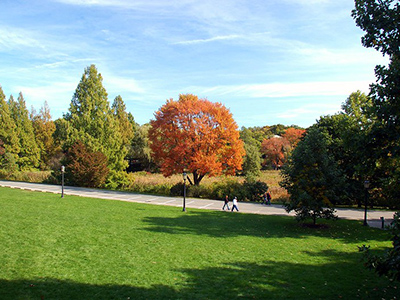
Photo by Chris Devers/Creative Commons
Arnold Arboretum
A short ride to Jamaica Plain on the Orange Line, the “museum of trees” maintains a world-class collection of plant specimens and is always free to the public. Dazzling fall displays can be easily navigated with their new mobile app available on the arboretum website. directions

Photo by Lance Katigbak/Creative Commons
Harvard Yard
The quintessential leafy college campus explodes with color during the autumn season as ivy covered walls compete with stately oaks for the best in fall color. For more botanical enjoyment, head to the Harvard Museum of Natural History to explore the collection of glass replicas of more than 3,000 plant species. directions
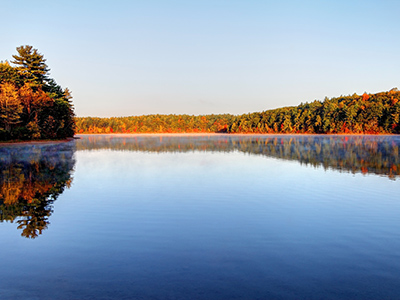
Photo by iStock
Concord
History and foliage converge at the birthplace of the American Revolution. To get the complete experience, take a stroll around Walden Pond, then head over to the legendary Concord Bridge where the shot heard ’round the world” was fired. directions
Travel a bit further, and you can enjoy the resplendent displays throughout New England:
Accessible by car:
Massachusetts: Mohawk Trail (Rt. 2)
Originally a Native American trade route, the 63-mile route runs east to west through the northwest part of Massachusetts, straddling the Berkshire Mountains between the Hudson and Connecticut River valleys. It offers spectacular views of mountains, river valleys, and country lanes.
New Hampshire: Kancamagus Highway (Rt. 112)
This 35-mile route through New Hampshire’s White Mountains guarantees scenic vistas and spectacular foliage starting in late September. Mount Washington—the highest peak in the Northeast—is a featured view from the “Kanc”, as the local call it.
New Hampshire: Lake Winnipesaukee
The largest lake in New Hampshire sports a 97-mile scenic route around its banks. Charming towns such as Meredith and Wolfeboro dot its shores and colorful foliage reflect in its waters.
Vermont: Route 100
Quintessential Vermont country villages line the way as VT Rt. 100 winds from the Massachusetts border north through the Green Mountains. Billboards are not allowed in Vermont so enjoy the unobstructed view of autumn splendor.
Vermont: Woodstock
The historic town of Woodstock, Vermont is considered the “quintessential New England village,” so you can expect classic American charm, colorful and lush foliage, and a quaint town bustling with shops and restaurants. Mt. Tom and the 550 acres of woodlands that make up the Marsh-Billings-Rockefeller National Historical Park is a great hike to experience the foliage firsthand.
Maine: Coastal Route 1
One of America’s longest and oldest highways runs from Key West to the Canadian border and nowhere is it more scenic than in Maine. Brunswick, Bath, and Rockport all combine rocky seaside charm with fiery autumn foliage.
Connecticut: Route 9
Streams and rivers give way to salt marshes and beaches as this route through the Lower Connecticut Valley cuts from the hilly interior south towards the Atlantic Ocean. An ever-changing landscape provides a variety of trees in an unusual display of autumnal beauty.
For media inquiries, please contact media@northeastern.edu.
